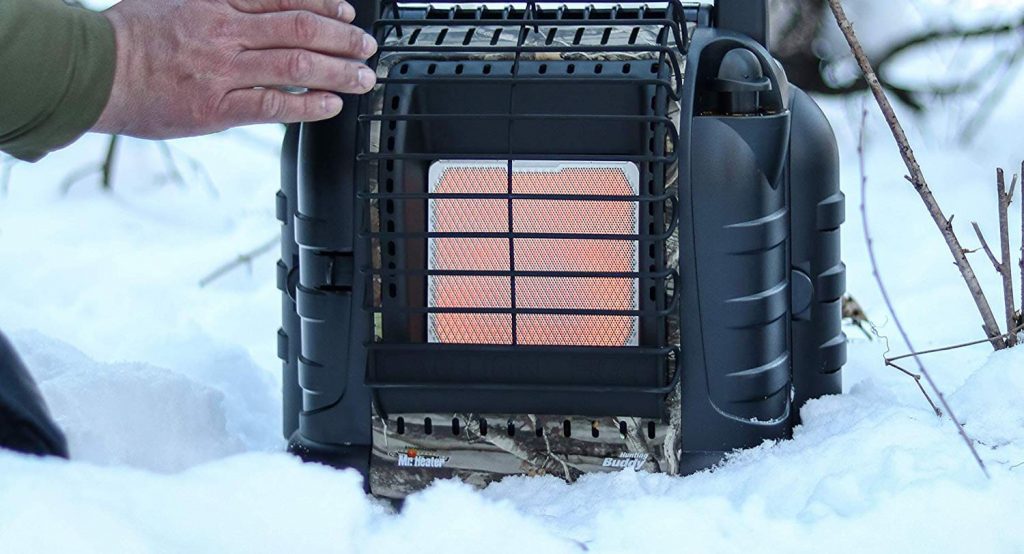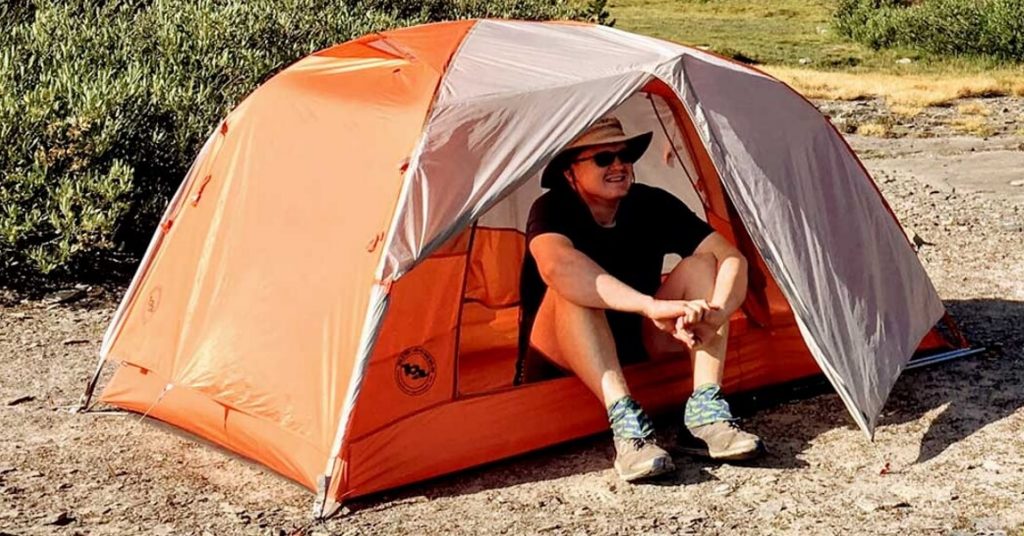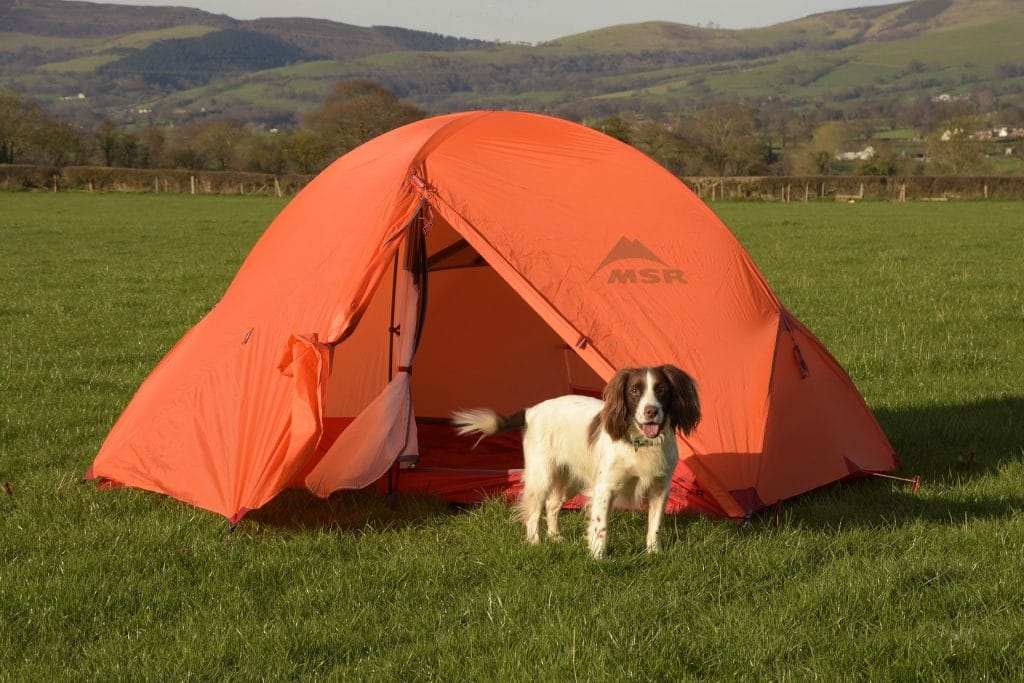

Camping is a great way to get out of your house and experience nature and the outdoors. And with a variety of different tents available, there’s something that can work for everyone. But when your tent becomes dirty, it can make your camping trip unhealthy and uncomfortable, not to mention shorten the lifespan of your tent. Luckily, there are some easy steps to follow that can help you keep your tent clean, so if you’ve ever wondered how to clean a tent, then keep reading for some general steps:
These steps are the general guidelines for tent cleaning, but for more specifics, just keep reading!
Cleaning a tent may seem like a big job, but the truth is its much easier than it seems, and regular cleaning of your tent will not only keep it comfortable to live in while you’re camping, it will also keep it working at peak performance and extend its life for years to come.
While it might be tempting to put your tent in your washing machine, doing so can permanently stress or damage the seams or fabric of your tent. It’s much better to hand wash your tent as that will keep it in good working order.
You should wash your tent after every long camping trip, or once a season if you only use it for shorter trips throughout the year.
If you’re wondering how to clean a tent, you will need:
Once you have your supplies ready, then its time to wash your tent by following the below steps:
Once you follow these steps, then your clean tent will keep happily serving you for years to come!
If you’ve had problems in the past with, perhaps, storing a tent that’s not fully dry, then you may notice that your tent has a stinky odor, or has an overgrowth of mold or mildew. This is why keeping your tent completely dry is so important. If you do have an issue with mold and mildew on your tent, though, all is not lost. It will require some deep cleaning, though, and some specific supplies.
You’ll need an enzyme cleaner. Make sure to choose one that’s for outdoor fabrics like tents, and that is made to eliminate mold and mildew. You’ll need to follow the instructions on the cleaner. This is very important because this one is stronger than normal cleaners, and not following them can lead to a damaged tent or water breaking down the fabric.
Once the tent has been treated, make sure you dry it as fully as possible and keep it dry in the future to avoid any mold or mildew relapses.
If you’ve been camping in a coniferous forest, or a campsite with pine trees, you may find a bunch of interesting wildlife! But you may also have to deal with pine sap.
Pine sap is a particular pain. It’s extra sticky, hardens quickly, and can be difficult to remove even from the skin, let alone tent fabrics. But if you do find pine sap on your tent, it’s important to remove it, or the pine sap could permanently damage the fabric and force you to pay for a costly repair or even purchase a new tent.
To remove pine sap, you can try spot cleaning using mineral oil, though it’s important to be gentle with your cleaning, as too much vigorous scrubbing can damage the fabric. You can also try to remove it using alcohol-based products such as wet wipes or hand sanitizer, just make sure you rinse the fabric thoroughly once the sap is removed to protect the fabric. In the future, though, your best bet may be just to try and avoid pine sap altogether.
Sometimes your tent may not need a full deep cleaning, but it’s important to spot clean as necessary, possibly after every camping trip, to keep your tent functional. Some of the steps you can follow to keep your tent clean and happy include:
If you follow these steps, your tent should serve you faithfully for years to come.
Cleaning a tent may seem like an obnoxious chore, but the truth is cleaning a tent is one the most important aspects not just of tent ownership but of camping in general, and now that you know how to clean a tent, you can go forward with the task. Regular cleaning of your tent will let you avoid bigger problems that can arise when this task is avoided and can also save you from costly tent repairs or even a full tent replacement. So, don’t forget to maintain your tent from time to time. You’ll appreciate it on your next camping trip!





